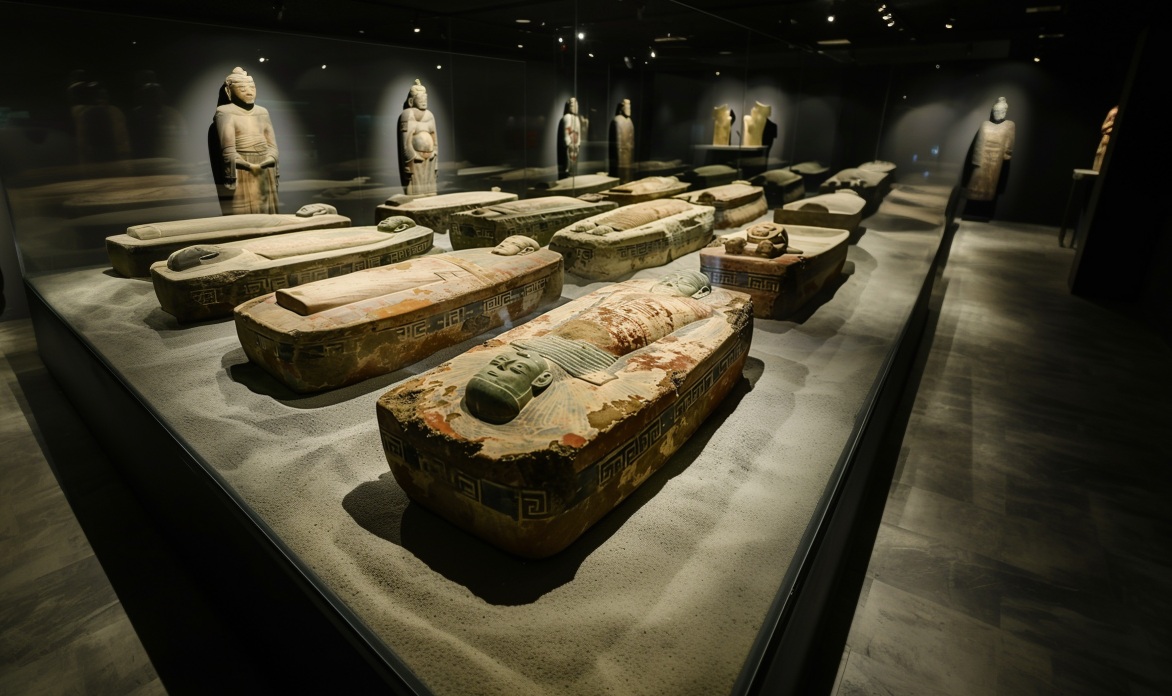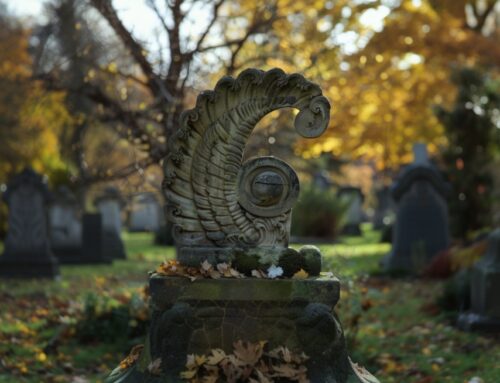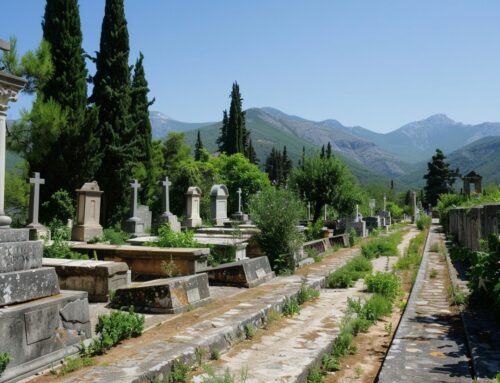Delving into the heart of cultural heritage and timeless traditions, exploring ancient burial rituals presents a window into the past’s sacred practices. Such rituals, deeply woven into the fabric of societies, tell stories of reverence, spirituality, and the universal journey from life to eternity. This exploration becomes even more poignant when considering the serene and dignified spaces where these traditions are honored and remembered. Among the esteemed cemeteries in Saddle Brook, NJ, there is a profound connection to these ancient customs, offering a sanctuary where history and the present converge and the past rituals are displayed with the respect they deserve.
Unveiling Ancient Burial Practices
Unveiling ancient burial practices offers a fascinating glimpse into how our ancestors commemorated life, faced death, and honored those who have passed. These practices, rich in symbolism and ritual, vary widely across cultures and epochs, yet they share a common thread in their attempts to provide dignity to the departed and comfort to the bereaved. From the majestic pyramids of Egypt, designed as eternal resting places for pharaohs, to the Viking ship burials, symbolizing the journey to the afterlife, each tradition reflects the values, beliefs, and societal structures of its time.
Intriguingly, many ancient cultures embraced the concept of burial with goods and offerings, suggesting a belief in life beyond death where such items could be of use or provide protection. The Chinese terracotta warriors, buried with the first Emperor of China to serve him in the afterlife, and the intricate grave goods found in the tombs of the Sumerians reveal meticulous attention to the spiritual well-being of the deceased.
These practices, though varying in form and function, underscore a universal respect for the dead and a recognition of the profound impact of loss on the living. By examining these ancient rites, we uncover the rich tapestry of human history and gain insights into the universal challenges and hopes that death brings to the surface.
Exploring Rituals from Different Cultures
Exploring rituals from different cultures unveils the diverse tapestry of human belief systems and the ingenuity with which societies across the globe have commemorated their dead. In Japan, for instance, the elaborate ceremony of Buddhist funerals features chants and rituals that guide the spirit to the afterlife, emphasizing a journey that is both respected and solemnly celebrated. Conversely, the ancient Celts performed sky burials, leaving the deceased exposed to the elements and animals, believing this facilitated the soul’s passage to the next world.
instance, the elaborate ceremony of Buddhist funerals features chants and rituals that guide the spirit to the afterlife, emphasizing a journey that is both respected and solemnly celebrated. Conversely, the ancient Celts performed sky burials, leaving the deceased exposed to the elements and animals, believing this facilitated the soul’s passage to the next world.
Native American traditions often included burial mounds and large earthworks that served as tombs and ceremonial sites, reflecting a deep connection between the community, the individual journey after death, and the landscape itself. Similarly, in Madagascar, the Famadihana ceremony involves exhuming the bones of ancestors, wrapping them in fresh cloth, and dancing with them to live music. It is a vibrant celebration of life and a testament to the enduring presence of the dead among the living.
These rituals, rich in symbolism and varying widely from one culture to another, each bear witness to the human need to honor the dead, process grief, and connect with the spiritual realm. They remind us of the depth of human creativity and the universal quest for understanding life, death, and the continuum between the two.
The Symbolism Behind Ancient Burial Traditions
The Symbolism Behind Ancient Burial Traditions delves into the rich, often complex, meanings embedded in how cultures across history have honored their dead. Transcending mere ritualistic practices, these traditions usually encapsulate a society’s core values, religious beliefs, and cosmological understandings. For example, the ancient Egyptians’ practice of mummification and burial in tombs laden with treasures and provisions for the afterlife reflected their belief in an afterlife that was a continuation of the earthly journey, necessitating physical preservation and material sustenance for the spirit’s survival and comfort.
In many cultures, burial sites and the manner of interring the body held significant symbolic weight. The body’s orientation, the items chosen to accompany the deceased, and even the grave’s location were imbued with specific meanings. Norse burials, which sometimes involved ship burials, symbolized the voyage to the afterworld, with ships acting as vessels to carry the departed to the realm of the gods. Similarly, including weapons or personal belongings in graves across various cultures signified respect for the deceased’s status, achievements, or profession, ensuring they were well-equipped for whatever awaited them beyond death.
These ancient practices illuminate not just the reverence afforded to the deceased but also a collective grappling with the mysteries of life and death. They express an inherent desire to understand the unknown and provide a measure of control over it through symbolic acts. Such traditions, rich in meaning and imbued with the essence of human experience, continue to fascinate and inform our contemporary understanding of the past and the universal human condition.
Exploring ancient burial rituals connects us to the past and the shared human condition that transcends time and geography. At Fair Lawn Memorial Cemetery & Mausoleum, we honor these traditions by providing a sacred space where past customs can be respected and remembered. Nestled near cemeteries in Saddle Brook, NJ, we invite you to discover the tranquility and dignity with which we treat every memory. Schedule a free consultation with our cemetery experts today and allow us to guide you through our hallowed grounds, where history and heritage are preserved for generations to come.





